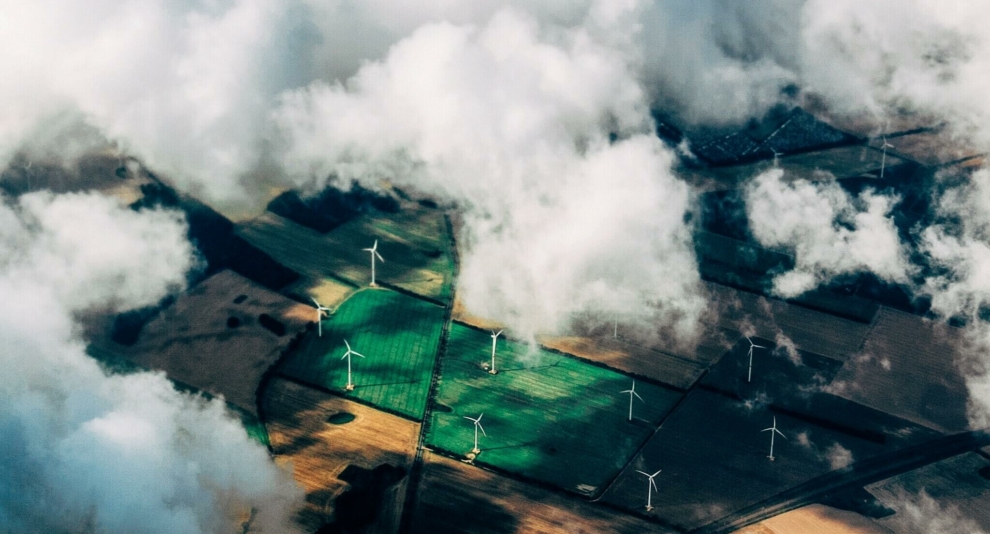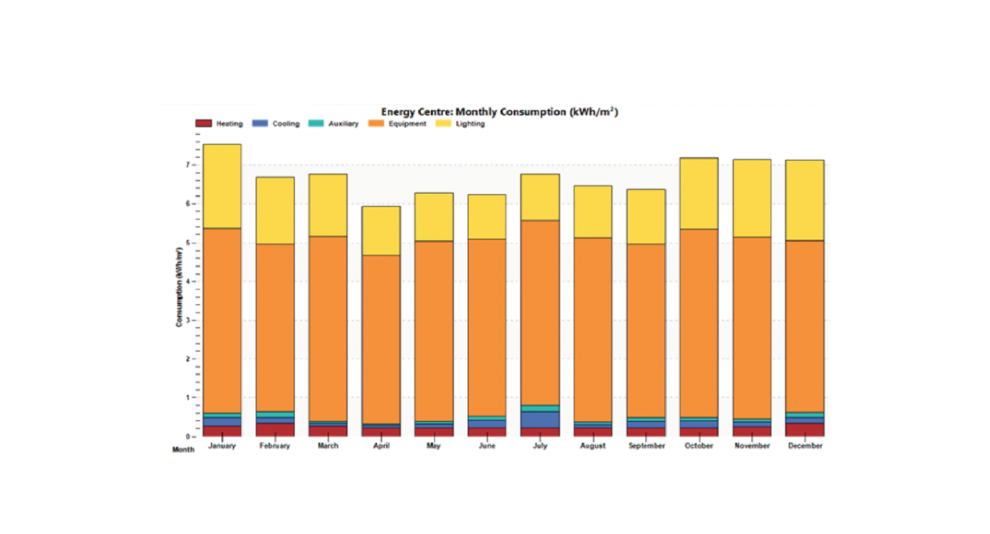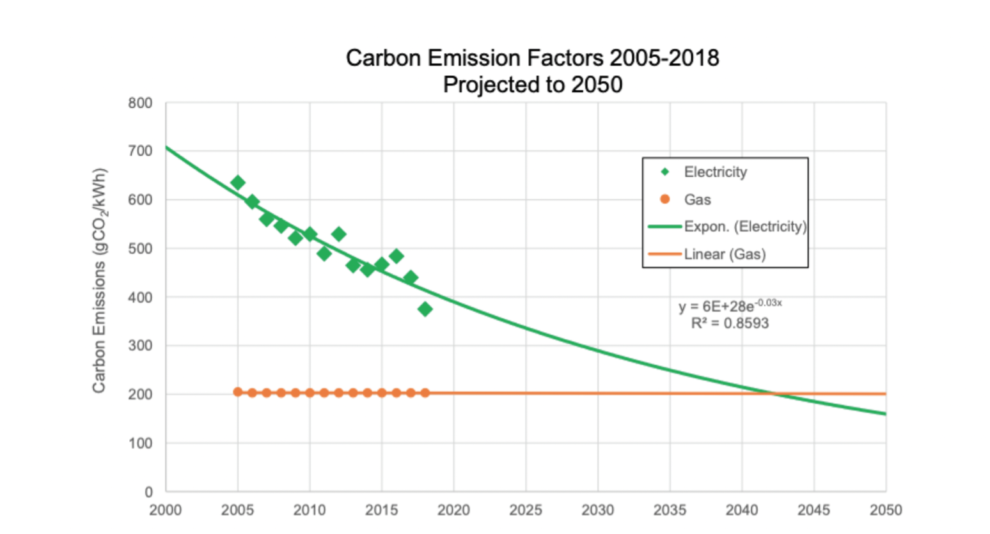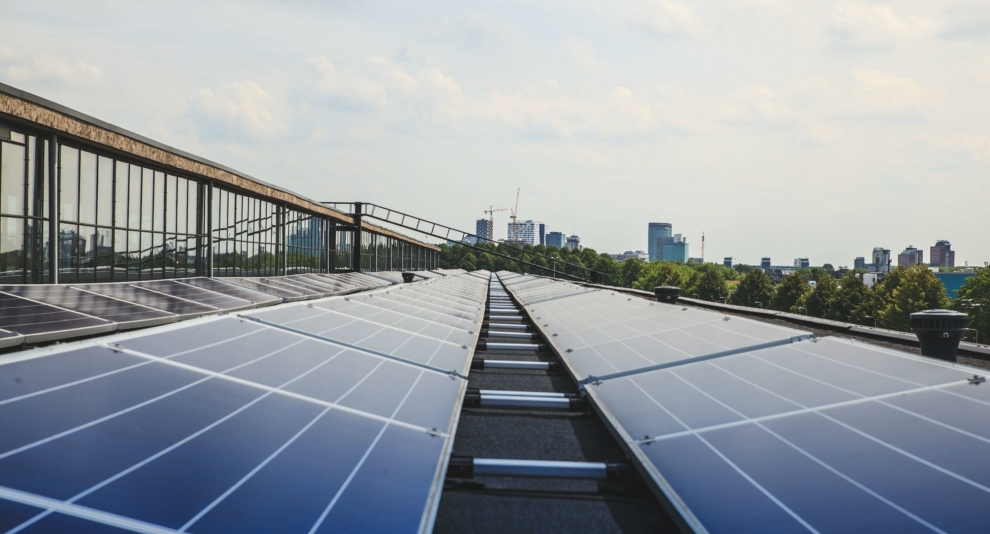<script type="text/javascript"> _linkedin_partner_id = "6415570"; window._linkedin_data_partner_ids = window._linkedin_data_partner_ids || []; window._linkedin_data_partner_ids.push(_linkedin_partner_id); </script><script type="text/javascript"> (function(l) { if (!l){window.lintrk = function(a,b){window.lintrk.q.push([a,b])}; window.lintrk.q=[]} var s = document.getElementsByTagName("script")[0]; var b = document.createElement("script"); b.type = "text/javascript";b.async = true; b.src = "https://snap.licdn.com/li.lms-analytics/insight.min.js"; s.parentNode.insertBefore(b, s);})(window.lintrk); </script> <noscript> <img height="1" width="1" style="display:none;" alt="" src="
×With an increased focus on how climate crisis can be mitigated, UK and ROI Governments have set ambitious targets to greatly reduce levels of carbon emissions with commitments to both attain carbon neutrality by 2050. Over the last 20 years IN2 have worked to deliver low-energy solutions across all projects, with our team continually researching and developing our approach to design and achieving Carbon Neutrality.
IN2 ensure that a Carbon Neutral approach can be achieved through a combination of
Building energy consumption can be minimised through a combination of passive design techniques, low-energy systems, and renewable technologies.
Passive design techniques prioritise façade performance and as such minimise solar heat gains, whilst maximizing natural light availability within the building. This enables considerable energy reductions when it comes to HVAC/ Chiller and Lighting Energy.
As an element of passive design, the use of Natural ventilation would be utilised where possible in a “Mixed Mode” arrangement for the building with the supplementation of Mechanical Ventilation provided where end-user comfort could not be guaranteed through passive environmental control alone. This is typically the case during extreme weather conditions for example during high temperatures in peak summer, cold in peak winter, and severe wind/ rain conditions.
Fig 1. Monthly Energy Consumption - Mixed Mode Ventilation
The image above illustrates predicted monthly energy consumption for Mixed Mode arrangement office as undertaken within the formal LEED calculation, where it can be seen how in particular the heating, cooling and auxiliary (HVAC fans and pumps) were significantly minimised. In addition, the reduction in lighting energy due to available daylighting can be discerned during summer months.
With this example the foremost energy type predicted for this building was the office equipment, which comprises of all operational energy (technology, computers, catering etc.) for which improvements can be gained by selecting energy-efficient equipment. This energy strategy example was undertaken for a bespoke building design arrangement. In particular, a carbon neutral approach would necessitate the absence of fossil fuels.
Fig 1 demonstrates confirmed SEAI Carbon Emission Factors for Electricity and Natural Gas in Ireland throughout the period 2005-2018, with their trend’s future-projected to 2050 at which point all buildings in the EU will require to be Near-Zero Energy Buildings (NZEB).
The Carbon intensity of Electricity in Ireland has been decreasing exponentially with the trend indicating parity of Emissions with gas by 2040-2045. This improvement of carbon intensity is an indicator of the extent of renewable technologies, particularly wind and solar that have been successfully integrated into electricity generation in Ireland, primarily replacing carbon-intensive fossil fuels such as coal, oil and natural gas.
Aside from the global depletion in fossil fuels, their omission makes economic sense also, as combined with improved efficiencies (particularly for heat pumps that are 3-4 times more efficient than boilers), significant energy and associated operational costs for fuel and maintenance can be avoided.
Fig 2. Carbon Emissions Factors 2005-2018
IN2 would assess the viability of replacing any fossil-fuel based systems such as natural gas boilers with fossil-free alternatives such as Heat Pumps for all commercial projects.
The use of renewable energy sources at a national level can also be supplemented by Renewable Technologies such as Photovoltaics.
It should be noted however that while an energy supply contract with, for example, SSE Airtricity could be considered a renewable energy source commercially for the purposes of regulatory compliance (TGD Part L 2017 and BER) all electrical supplies are assessed at the average CO2 intensity of the ESB national grid.
Renewable Technologies applied at a building level can ensure Carbon Neutral approach, particularly through the use of Photovoltaic (PV) Panels to generate electricity from both direct and diffuse (cloudy) solar radiation in a truly renewable manner.
Fig 3. PV Array
Traditionally, the capital cost of PV has proven prohibitive in the context of construction budgets, however, this has been reducing exponentially in the past decade and combined with ever-improving efficiencies, has rendered this technology as viable with paybacks currently in the order of 5-10 years.
In terms of operational costs, PV is practically maintenance-free and therefore at present should be maximised as far as roof space constraints allow. The only constraint to the installation of a large PV array would be the available roof area and as such IN2 would recommend all available roof area is provided with PV to maximise the potential of this resource on all commercial projects.



